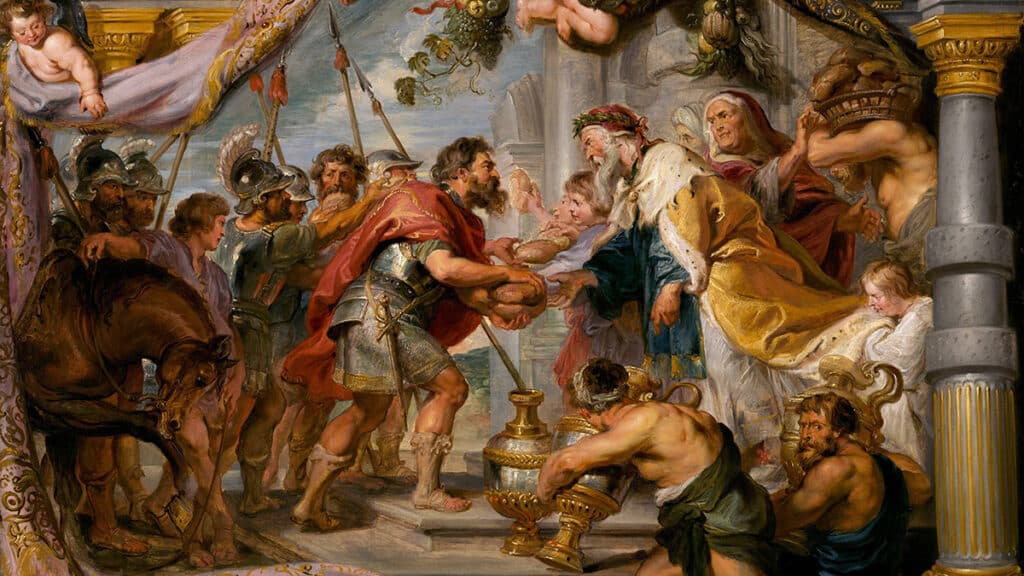
“Way of Beauty: Rekindling Eucharistic Amazement through Visio Divina”
Jem Sullivan, Our Sunday Visitor Publishing (2023)
83 pages, $18.95
Most Catholics are at least familiar with the Benedictine practice of “lectio divina” or “holy reading” — a means of praying with Scripture or any sort of sacred reading with an ear to the promptings and nudges of the Holy Spirit. Whole books have been written about this rich form of contemplative prayer but the idea is very simple: When a particular passage strikes the reader, he or she makes a note of it, jotting down the line and the first words or impressions that arise from the reading, and then sitting with them in prayer, inviting the Holy Spirit to lead them into a deeper understanding of hose impressions, or guiding their handy pens in order that instruction — sometimes very personalized learning — may follow.
It’s a safe bet that fewer Catholics are familiar with the practice of “visio divina,” or “holy seeing,” which works similarly to holy reading but engages art as a means of contemplation and more. In her new book “Way of Beauty: Rinkingling Eucharistic Amazement through Visio Divina,” Benedictine oblate Jem Sullivan introduces us to the practice by using great art as a means to deepen our prayer and to further, or refresh, our appreciation of the Holy Eucharist.
Toward that end, “Way of Beauty” invites us to make a kind of visual pilgrimage toward the beating heart of Catholic teaching, which is both that Jesus Christ is Lord and Savior — the defeater of death — and that he yet lives and keeps his promise to be with us “always even to the end of the age” (Mt 28:20), through the holy Eucharist.
Just as we all pray differently, and to our own level of understanding when outside of formal liturgy, we all learn differently, too. Some, like me, are poorly schooled in art history and approach the fine arts with timidity, hoping someone will help us to better grasp the work before our eyes. Here, Sullivan’s own art studies, her teaching background as a professor of catechetics at The Catholic University of America, and her experience as a docent for the National Gallery of Art in Washington combine beautifully with her Benedictine sensibilities to guide us through 12 full-color plates of great Catholic art in hopes of bringing us to contemplation (and, hopefully, grateful wonderment) at so great a mystery, given so generously into our midst. Each image is accompanied by references from Scripture and from the Catechism of the Catholic Church, and then knowledgeably discussed from both historical and spiritual perspectives by Sullivan, who includes visual details of subtle but important points made by the artists, and concludes each study with a brief, insightful prayer.
“Rekindling Eucharistic amazement” sounds like a great idea at any time, but in particular in an era, according to a Pew Research survey where less than 30% of all Catholics both know and accept the church’s teaching on transubstantiation, and our noise-saturated, media-savvy world has little truck with awe.
Such realities make Sullivan’s book not just welcome but necessary, especially as the U.S. church advances the National Eucharistic Revival, through parishes and at special gatherings, culminating in a National Eucharistic Congress in Indianapolis July 17-21, 2024. “Way of Beauty” will prove itself an invaluable assist in helping the American church achieve its goal of spiritual renewal and a true understanding and love for the real presence of Jesus Christ in the Blessed Sacrament.
Elizabeth Scalia is culture editor for OSV News. Follow her on Twitter @theanchoress.



